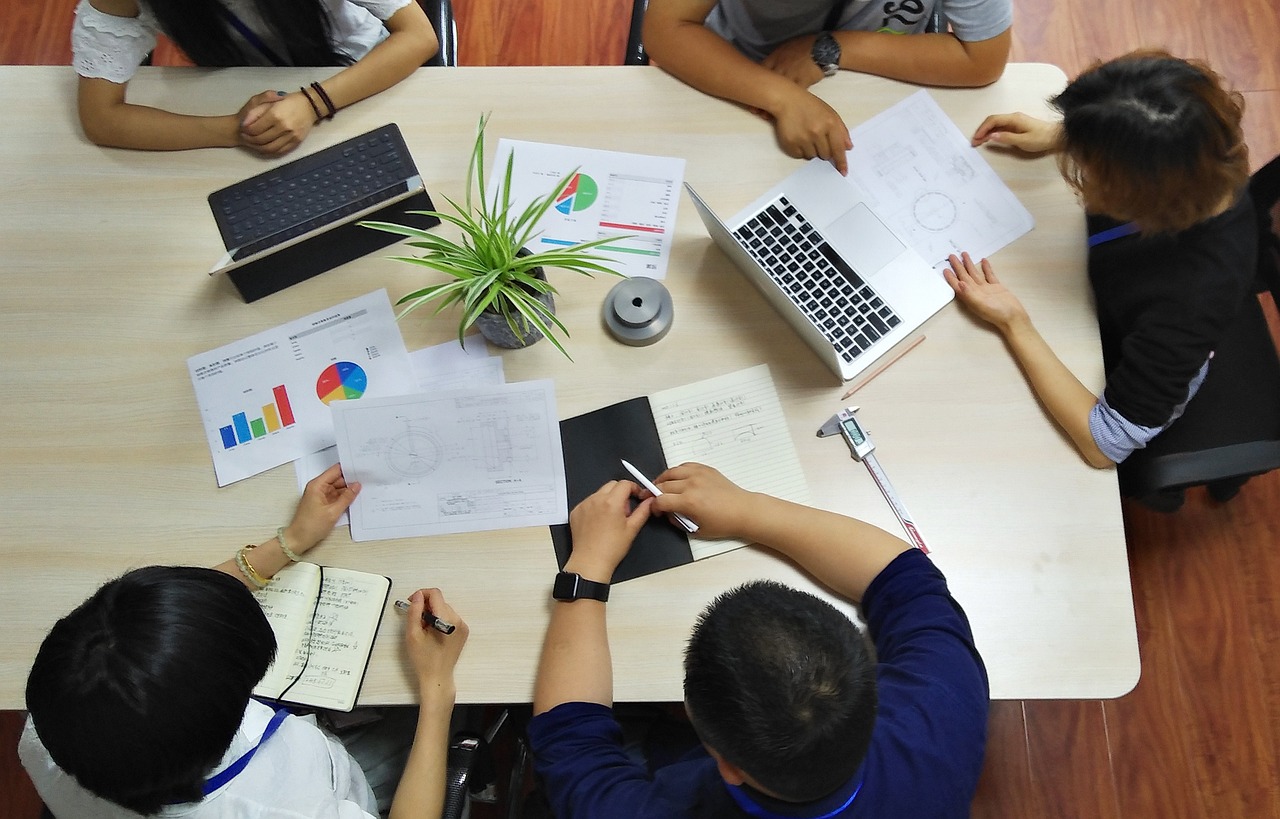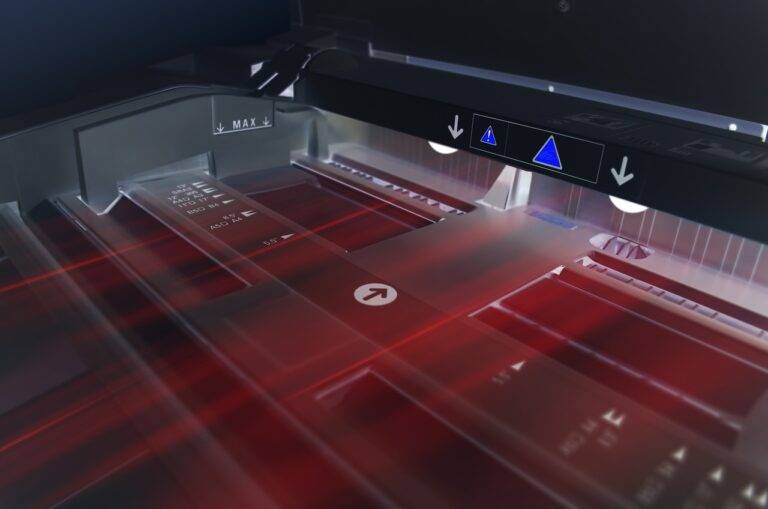Tech and Food: Innovations in Agriculture and Culinary Arts
Technology is revolutionizing the food industry, from the way crops are grown and harvested to how meals are prepared and consumed. Innovations in agriculture and culinary arts are enhancing efficiency, sustainability, and creativity across the food supply chain. This article explores the diverse ways in which technology is driving innovation in agriculture and culinary arts.
Smart Farming and Precision Agriculture
Smart farming technologies, such as IoT sensors, drones, and satellite imaging, are transforming agriculture through precision agriculture techniques. These technologies enable farmers to monitor crop health, soil conditions, and weather patterns in real-time, optimizing irrigation, fertilization, and pest control practices. Data analytics and AI algorithms analyze agronomic data to make data-driven decisions, increasing crop yields, reducing resource usage, and minimizing environmental impact.
Vertical Farming and Indoor Agriculture
Vertical farming and indoor agriculture systems use controlled environment agriculture (CEA) techniques to grow crops indoors, without soil and natural sunlight. LED lighting, hydroponic and aeroponic systems, and climate control technology enable year-round production of fresh fruits, vegetables, and herbs in urban areas and regions with limited arable land. Vertical farming reduces water usage, pesticide use, and transportation emissions while increasing crop productivity and food security.
Robotics and Automation in Agriculture
Robotics and automation technologies are automating labor-intensive tasks in agriculture, such as planting, weeding, and harvesting, to increase efficiency and reduce labor costs. Autonomous tractors, robotic arms, and drones equipped with cameras and sensors perform tasks with precision and consistency, freeing up human labor for more skilled and strategic activities. Robotics also enable round-the-clock operations, improving farm productivity and profitability.
Food Tech and Sustainable Ingredients
Food tech innovations are creating sustainable alternatives to traditional ingredients and food products, addressing environmental and health concerns. Plant-based meats, cultured meats, and alternative protein sources offer ethical and eco-friendly alternatives to animal products, reducing greenhouse gas emissions and land use. Food waste reduction technologies, such as upcycled ingredients and packaging, repurpose food by-products and surplus produce, minimizing waste and promoting circular economy principles.
Culinary Robotics and Kitchen Automation
Culinary robotics and kitchen automation technologies streamline meal preparation processes in commercial kitchens and food service operations. Automated cooking appliances, robotic chefs, and meal assembly systems automate repetitive tasks, such as chopping, mixing, and cooking, to improve efficiency, consistency, and food safety. Kitchen robots also enable personalized and customizable dining experiences, catering to dietary preferences and restrictions.
Food Delivery and Meal Kits
Food delivery platforms and meal kit services leverage technology to provide convenient and personalized dining options for consumers. Mobile apps, GPS tracking, and route optimization algorithms enable on-demand food delivery with fast and reliable service. Meal kit companies use data analytics and AI algorithms to curate meal plans, customize recipes, and minimize food waste, offering consumers convenient and sustainable meal solutions.
Conclusion
Technology is driving innovation in agriculture and culinary arts, transforming how food is grown, harvested, prepared, and consumed. From smart farming and precision agriculture to vertical farming and indoor agriculture, robotics and automation in agriculture, food tech and sustainable ingredients, culinary robotics and kitchen automation, and food delivery and meal kits, technology is reshaping the food industry, enhancing efficiency, sustainability, and creativity across the food supply chain.
FAQs
Q: What is precision agriculture?
A: Precision agriculture is a farming management concept that uses technology to optimize crop production and minimize waste by monitoring and responding to variations in soil, weather, and crop conditions in real-time.
Q: What are some examples of food tech innovations?
A: Examples include plant-based meats, cultured meats, alternative protein sources, food waste reduction technologies, culinary robotics, kitchen automation, food delivery platforms, and meal kit services.
Q: How does vertical farming benefit agriculture?
A: Vertical farming enables year-round production of fresh fruits, vegetables, and herbs in urban areas and regions with limited arable land, reducing water usage, pesticide use, and transportation emissions while increasing crop productivity and food security.
Q: What are the advantages of robotics and automation in agriculture?
A: Robotics and automation technologies automate labor-intensive tasks in agriculture to increase efficiency, reduce labor costs, and improve farm productivity and profitability, enabling precision and consistency in planting, weeding, harvesting, and other farm operations.
Q: How are food delivery platforms using technology to improve service?
A: Food delivery platforms use mobile apps, GPS tracking, and route optimization algorithms to provide fast and reliable on-demand food delivery, offering consumers convenient and personalized dining options with efficient service.





